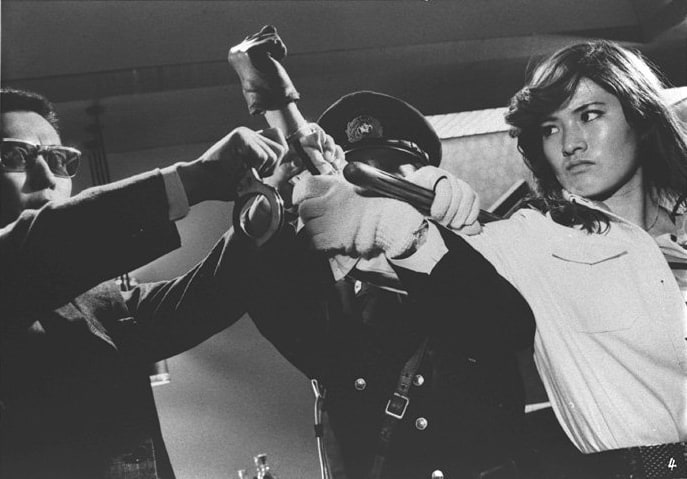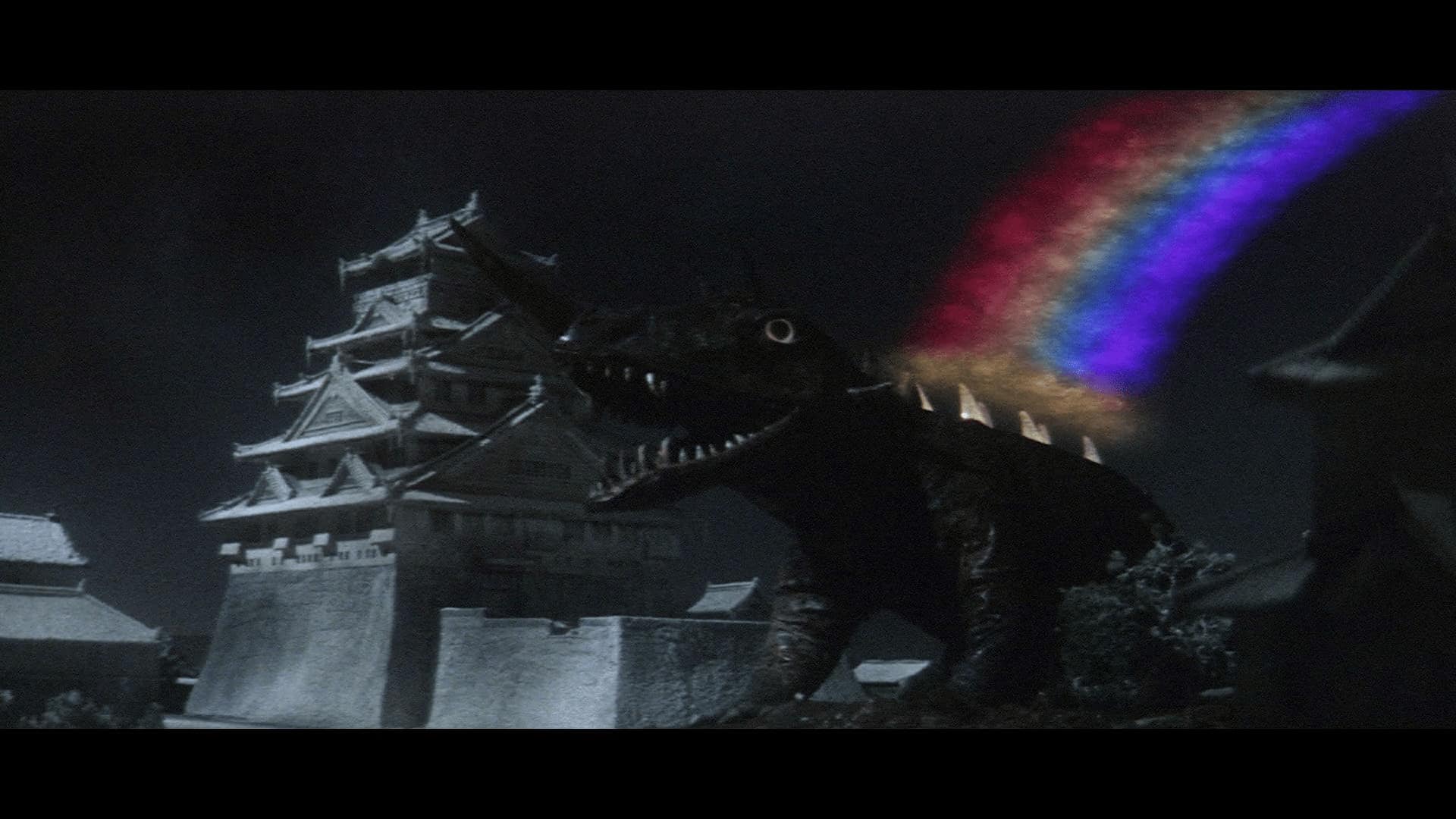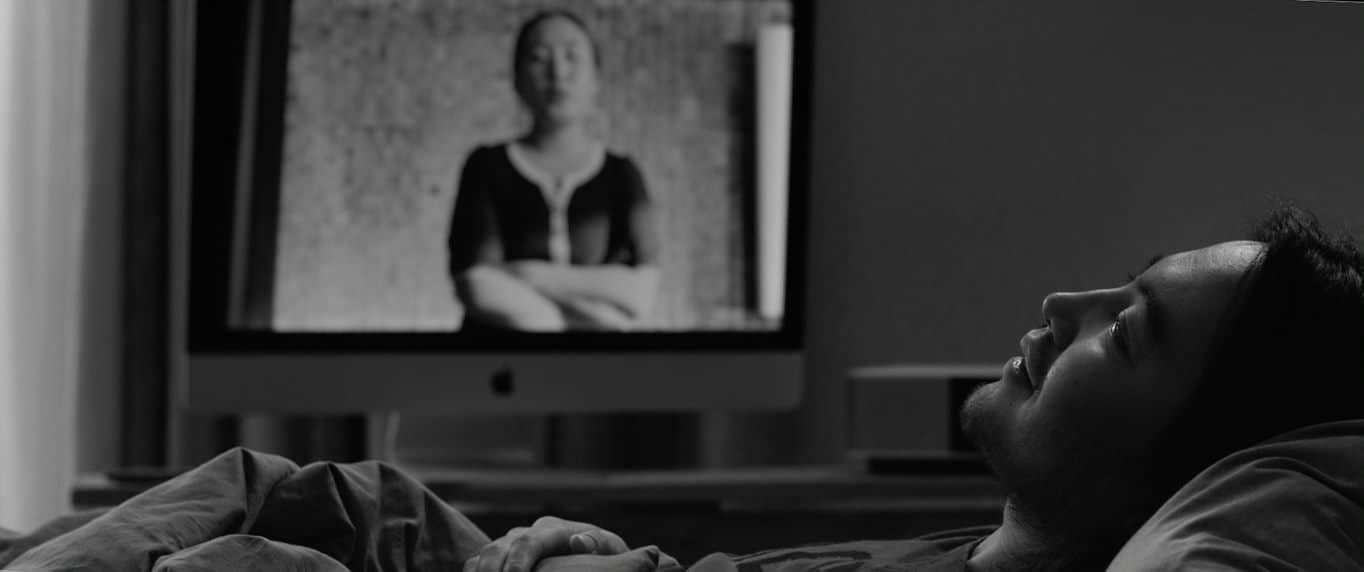A year after the culmination of the original Sister Street Fighter trilogy that pushed their star Etsuko Shihomi into fame, she would appear in “13 Steps of Maki: The Young Aristocrats”, a production that many, even some hardcore “Sister Street Fighter” fans, would agree is a better Shihomi film.
Based on a comic-book, “13 Steps of Maki” centres around the titular Maki of the 13 Steps and her Stray Cats girl gang, a group of martial artists who come across as delinquents at times but use their skills to help others. When they run into trouble with a woman on the road, they leave her buried in the sand up to her neck on a beach but the woman, as it turns out, is the daughter of a big corporation head, who is in bed with the Yakuza. With the help of her Daddy's Yakuza friends, she manages to have the Stray Cats caught by the yakuza and Maki imprisoned on false charges.

Naiko adapts a number of sub-genres in one feature, the Yakuza tale, martial arts and the woman-in-prison, making the feature fully embrace the pinku violence label. This is further enhanced by the copious amounts of nudity and violence, including scenes of rape, orgies, torture and free-flowing blood that the exploitation genre loves to indulge in. There's not a lot in the way of a story to follow intently in this feature, but it keeps progressing at breakneck speed in its short 78 minutes runtime, giving fans of the genre ample to indulge in. Naiko also keeps things interesting by exploring the various sub-genres he touches effectively.
The narrative gives away its comic-book roots not just in fast-paced progression, but also it its overall look. Cinematographer Yoshikazu Yamazaka has a lot to work with, with several characters often on-screen at the same time. Yet, as overcrowded as the frame often seems, it never feels overbearing. Costumes are also an interesting element here, with Shihomi's Maki almost always wearing something with the number 13 on it, even her prisoner number conveniently coming to 13. The songs used are also pleasing, particularly the title track and the one used in the Stray Cats dance scene.

Fans of Etsuko Shihomi will be happy to know that the action choreography is one of the highlights of the production here. Not just in her case, but the sequences are designed to fit all the actors' strengths. None of these actors are particularly known for their acting prowesses, including the lead actress herself, but they more than make up for it in the action department. Shihomi, for her part, also has an emotional scene near the end where she tries to rescue her friends that surprises in her handling of it. Sonny Chiba's very short cameo (because of course there is a Sonny Chiba cameo here) is sure to please friends, even if it feels like it ends before it even starts.
In any case, “13 Steps of Maki: The Young Aristocrats” may not attempt anything new narratively, but is a very entertaining exploitation film that is sure to exceedingly please fans of the genre and of the feature's star, for who this clearly stands among her better works. If you liked “Sister Street Fighter”, chances are you will love this one and, like me, will be left wondering why Toei never capitalised on this and turned this into a series by itself. With what's on display here, there certainly was ample potential that never got tapped for some reason.
Finally, what exactly are Maki's 13 steps and why is she so well known for them, I hear you ask? Full disclosure: I have no idea! I doubt even those that call her “Maki of the 13 steps” fully know what exactly they are for and why she is so well-known for them. The title track attempts some form of an explanation but it either is not explained well or is completely lost in translation. I'd urge readers to ask around and if anybody knows or comes up with an answer, please drop me an email!













